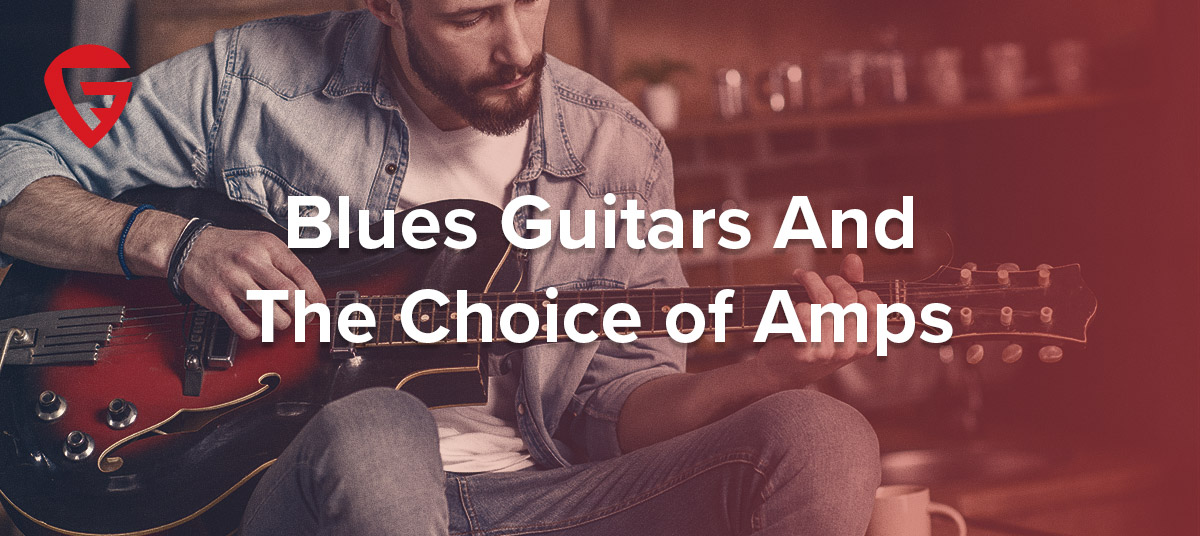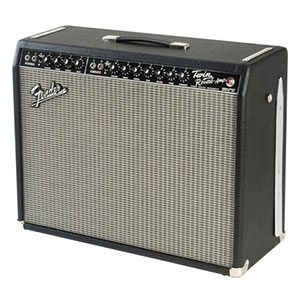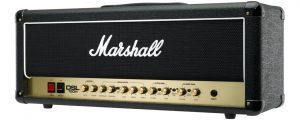- Home
- Instruments
- Gear
- Recording
- Lessons
- Reviews
- Blog

In our previous posts ‘Things To Know When Shopping For a Blues Guitar' about blues guitars, we have come to a conclusion that a blues guitar is a very broad term covering several different types of guitars.
Even though they are definitely an important factor in achieving the best blues tone possible, there is another factor that needs just as much attention if you are serious about the whole thing. As you probably figured out by now, we are talking about guitar amps. The type of guitar you go for will generally dictate the width and color of the sound, but everything else needs to be dialed on an amp.
Today we are going to talk about the impact guitar amps have on blues, and how to get exactly what you need. We won't discuss specific amp models, but we are going to talk about different types of guitar amps and how they perform in the blues arena. If blues is something that you intend to pursue, it might be worth your while to stick around and read this article.
 Modern day guitar amps can generally be divided into two different types. We have solid state amps and tube amps. Solid state amps are the more affordable option and they come with a whole bunch of features packed into a single package. The issue most guitar players have with solid state amps is their digital nature.
Modern day guitar amps can generally be divided into two different types. We have solid state amps and tube amps. Solid state amps are the more affordable option and they come with a whole bunch of features packed into a single package. The issue most guitar players have with solid state amps is their digital nature.
Some of the models belonging to this category come with the ability to emulate different amps. The sound of a solid state unit is often described as artificial and plastic, but that doesn't mean that you can't dial in a decent blues tone. Their affordable price makes them extremely attractive to beginners who can't afford to commit to a more expensive piece of gear.
On the other side of the ring, we have tube amps. Tube amps are notorious for being expensive, especially when you start going up in wattage. Until recently, only those with enough disposable income could afford to get into tube amps. Today things have changed. With all of the low power tube amps hitting the market, your options have become far better.
 The sound of a tube amp is what makes a decent portion of the blues sound. There is just something incredible when you push the tubes near their limits, and push them into natural overdrive. This sound is far more organic than that of a solid state, which is something almost every purist will appreciate.
The sound of a tube amp is what makes a decent portion of the blues sound. There is just something incredible when you push the tubes near their limits, and push them into natural overdrive. This sound is far more organic than that of a solid state, which is something almost every purist will appreciate.
The issue of cost is no longer that extreme. Nowadays you can get yourself a pretty decent tube amp for a reasonable amount of money. Sure, these models won't have a lot of power, but that is actually an advantage. If you ever dealt with tube amps, you probably know about the ‘sweet spot' everyone talks about.
In short, that sweet spot occurs when you push the tube hard enough, making them show their best performance. High power tube amps will require you to either crank up the volume to a point where it hurts in order to achieve this effect or use some kind of attenuation. Small tube amps don't have this problem. It's far easier to push 20 watts into optimal performance range than it is to do the same thing with a 300-watt tube amp.
In terms of amps, the general consensus is to go for a tube amp if you can afford one. Solid state amps come in a very distant second place. With that said, you can absolutely achieve some interesting results using solid state amps, especially if it's one the more advanced models. When you pair a decent guitar with a tube amp, you are basically tapping into a what blues should really sound like. Fortunately, today you can do all of this on a budget.
A good low power tube amp won't break your wallet, but it will make your guitar sound a lot more organic. At the end of the day, we all try to do our best with what we have available at the moment. This also includes solid state amps and guitars that aren't generally the first choice of blues guitarists around the world.
Now, feel free to check out the goods on our list of Best Blues Guitars on the market!

Reader Interactions